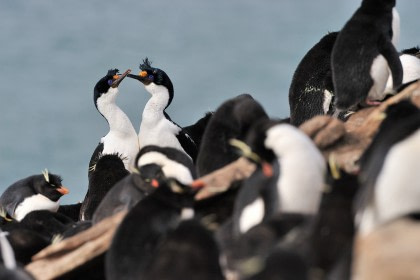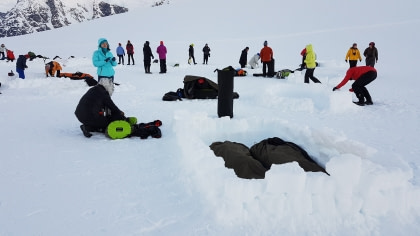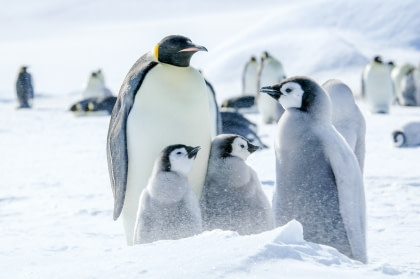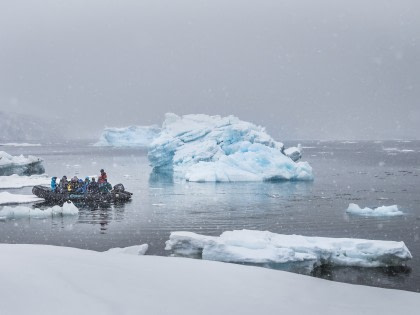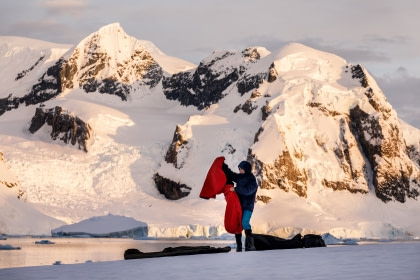Commerson dolphin habitat, size, and other fun facts
Despite the fact that Commerson's dolphins are among the least-known Antarctic cetaceans, these small but social dolphins go by several different names: Piebald dolphins, skunk dolphins, even panda dolphins have been alternate monikers since the discovery of this elusive Antarctic species in 1767 by French naturalist Philibert Commerson.
Commerson observed these playful dolphins breaching the water alongside his ship while cruising through the Strait of Magellan, and immediately he recognized them as a new and undescribed species.
Since this accidental discovery, researchers have learned relatively little about Commerson's dolphins. Even their population size remains unknown, as their geographic isolation and elusive nature makes Commerson's dolphins a difficult species to study.
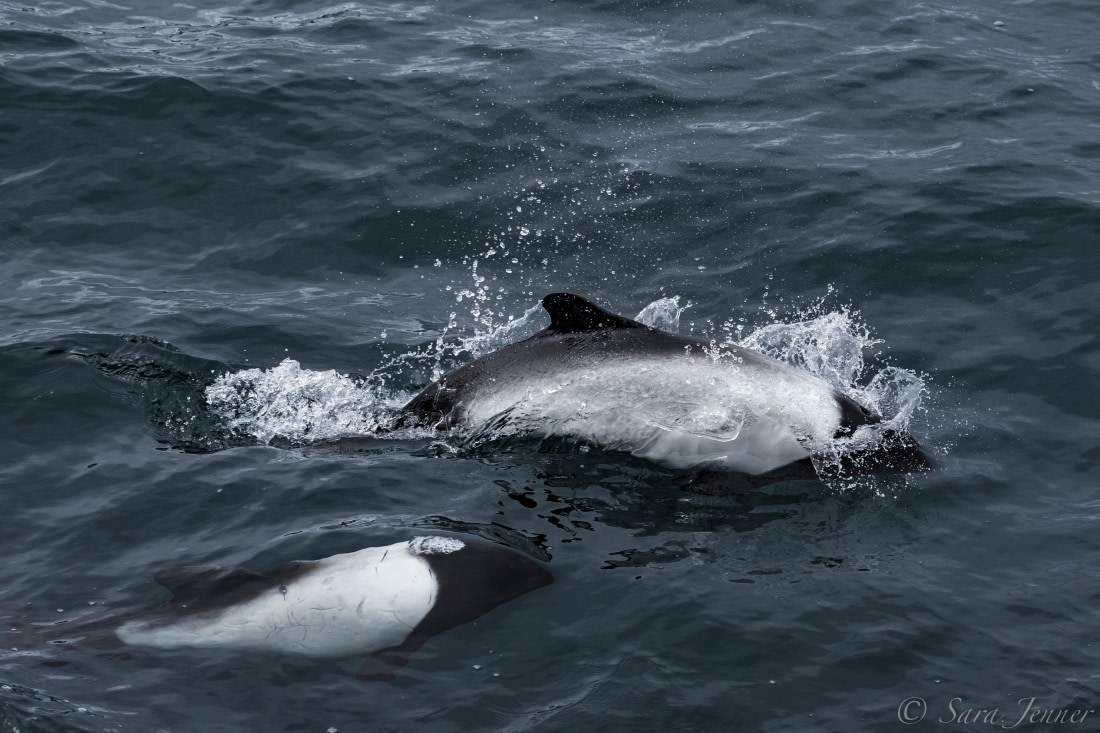
The size and appearance of Commerson’s dolphins
Commerson's dolphins are one of the smallest species of cetaceans, growing only to about 1.5 meters (five feet) long at full maturity.
Their appearance is unmistakable, with a bold black-and-white coloration. Unlike other species of dolphins, Commerson's dolphins lack a rostrum, or characteristic beak.
Varieties of Commerson’s dolphins
There are two recognized subspecies of Commerson's dolphin in the world.
The main subspecies, Cephalorynchus (Greek for "head snout") commersonii commersonii, is found around inlets of Argentina, Tierra del Fuego, and among the Falkland Islands.
The second subspecies, Cephalorynchus commersonii kerguelenensis, has managed to establish an extremely small population in the shallow waters off the coast of South Africa, near the Kerguelen Islands.
The only noticeable difference between these two Commerson's dolphin subspecies is their coloration. The Kerguelenensis subspecies has much lighter shades of grey and black than their Argentinean counterparts.
How these two genetically identical species became separated over a distance of 8,500 kilometers (5,300 miles) is unknown, but it may have occurred when a small group of Commerson's dolphins swam too far northeast in the Antarctic Circumpolar Current.
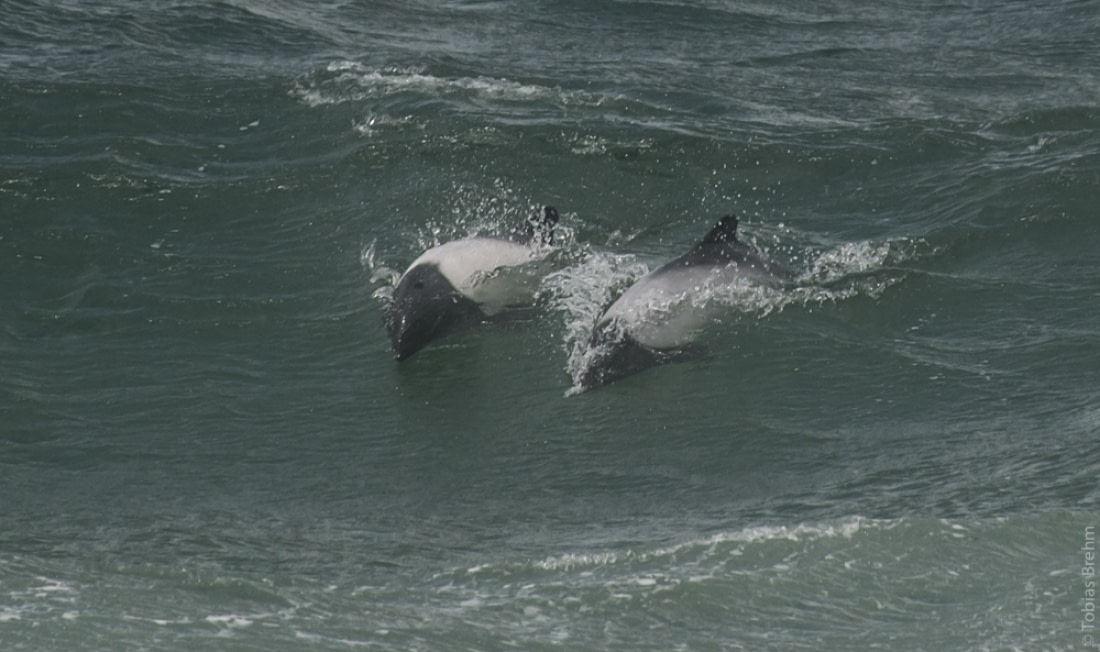
Sexual differences and reproductive facts
It can be difficult to tell any male and female dolphin apart at first glance, but not so with Commerson's dolphins: Males have a teardrop-shaped black blotch on their bellies, while females have blotches that are much more round.
Both sexes of Commerson's dolphin reach full maturity between six and nine years of age. Courtship, mating, and birth all occur between the months of September and February. Gestation lasts for approximately 12 months, after which a single calf is born.
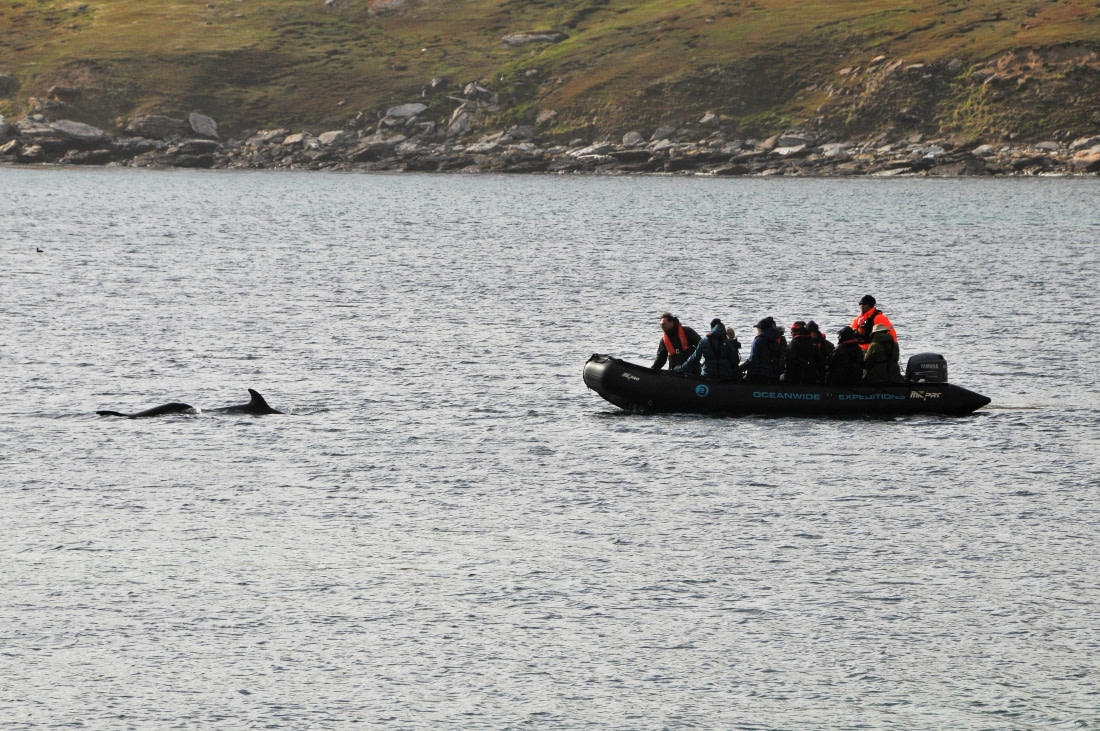
Image by Celine Clement
Diet of Commerson’s Dolphins
Like many other species of cetaceans, the Commerson's dolphin diet consists primarily of shrimp, octopus, various species of fish, and even marine worms.
Together, groups of Commerson's dolphins gather and herd schools of prey so that they're able to eat together. This is referred to as cooperative hunting, and it can include groups of up to 15 Commerson's dolphins at a time.
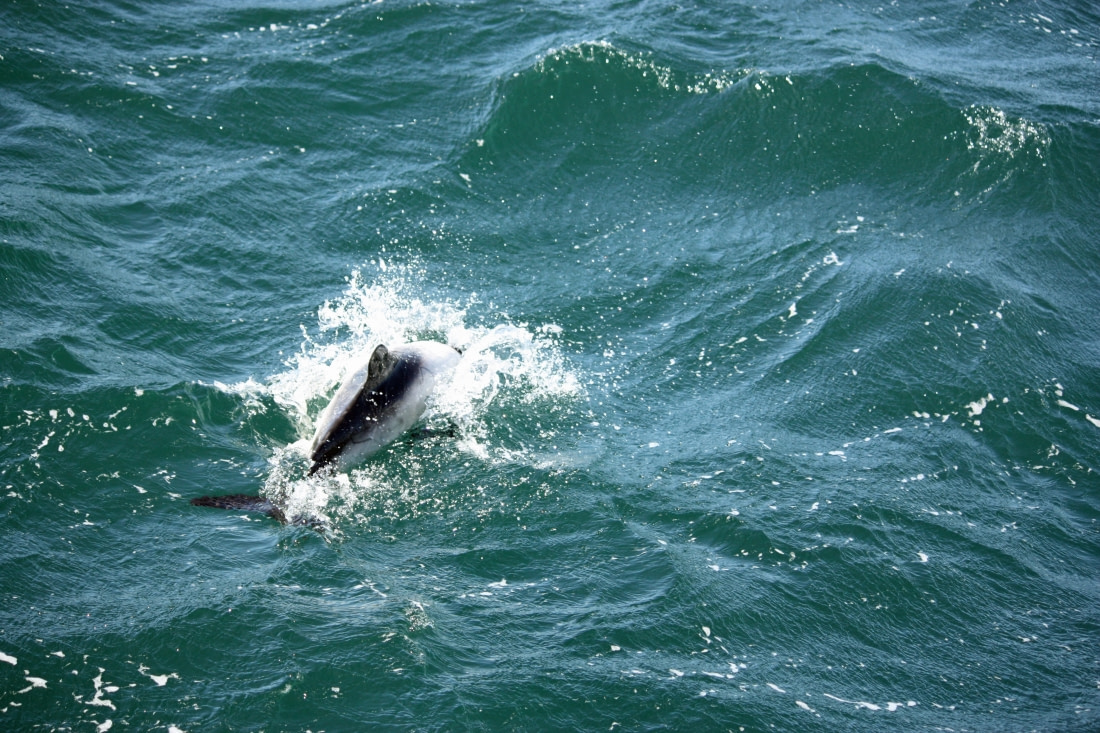
Image by Femke Wolfert
Commerson's dolphin conservation
There are only estimated population numbers based on the limited data for Commerson’s dolphin. The last comprehensive census occurred in 1984 in the Strait of Magellan, where only 3,400 individual Commerson's dolphins were thought to inhabit.
Due to their estimated low population size, Commerson's dolphins are red-listed as a threatened species throughout their range. There are many different conservation measures in place to ensure these dolphins don’t decrease over time. Efforts include ocean pollution reduction and the enforcement of strict commercial fishing regulations.
Anti-poaching laws are also in place to prevent unregulated hunting of Commerson's dolphins for their meat or oil. Unfortunately, these regulations can be difficult to enforce, especially since the Southern Ocean is a vast and wildly uninhabited environment.
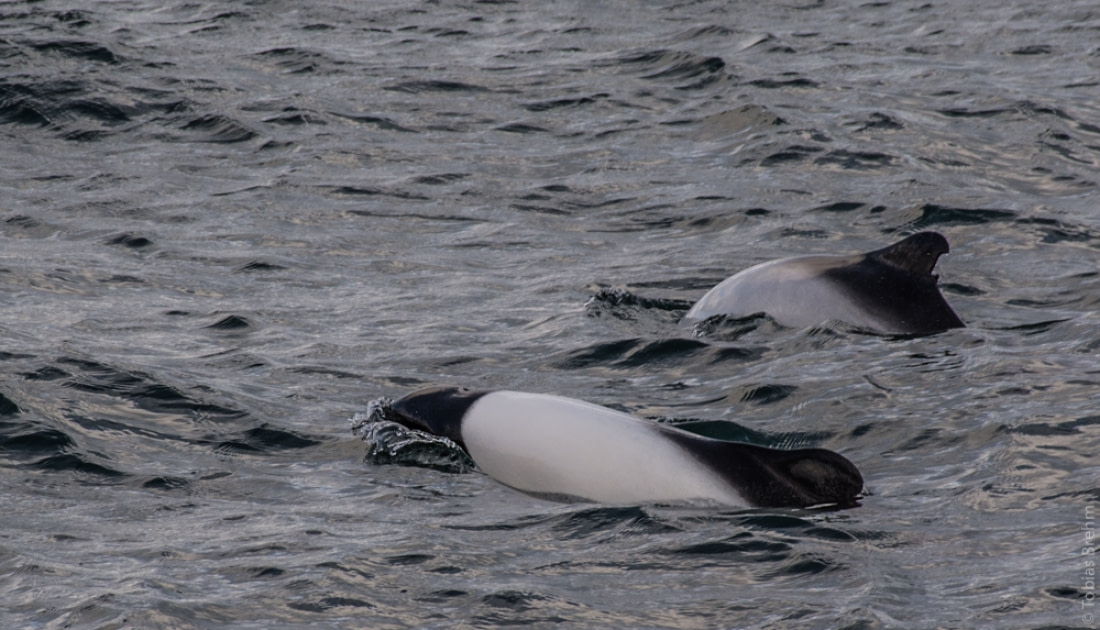
Where to see Commerson’s Dolphins
Falkland Islands cruises will be your best bet for seeing Commerson's dolphins, but please keep in mind that this is a particularly rare species. We can't guarantee sightings of even the most common wildlife, much less the more elusive Antarctic animals.
Still, everything else you can see on an Antarctica trip makes it more than worth trying!

